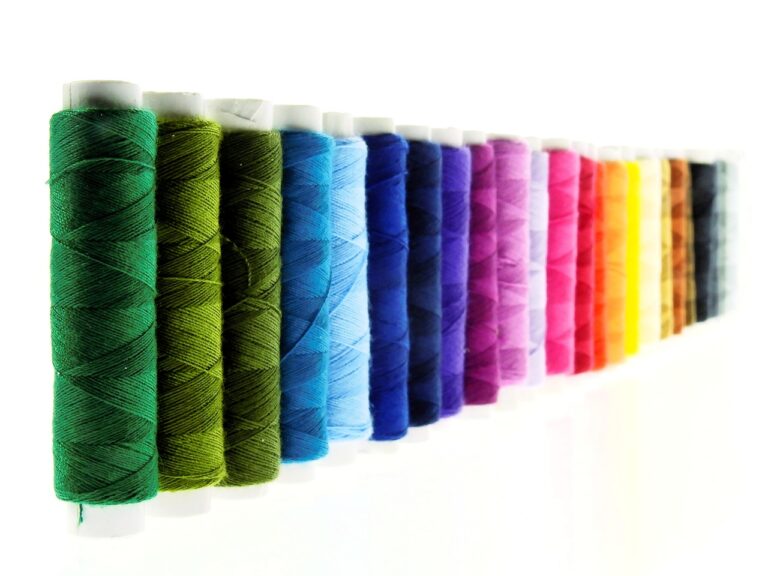The Future of Fashion Media and Publications
Traditional fashion media faces various obstacles in today’s ever-evolving landscape. One of the main challenges is the struggle to remain relevant and engaging in a digital age where trends can change in an instant. The traditional format of print magazines and television shows often pales in comparison to the immediacy and interactivity offered by digital platforms.
Another significant issue for traditional fashion media is the declining trust from consumers. In an era dominated by social media influencers and user-generated content, the credibility of traditional outlets is frequently called into question. Advertisements and sponsored content are commonplace in traditional media, leading to concerns about biased editorial coverage and authenticity in reporting.
Shift towards Digital Platforms
In recent years, the fashion industry has witnessed a significant shift towards digital platforms. As technology continues to advance, traditional fashion media outlets are increasingly facing challenges in reaching and engaging with their target audience. The accessibility and convenience offered by digital platforms have revolutionized the way fashion content is consumed and shared among consumers globally.
Social media channels like Instagram, Facebook, and TikTok have become powerful tools for fashion brands to showcase their latest collections, trends, and behind-the-scenes content in real-time. Influencers and bloggers play a crucial role in shaping consumer preferences and driving traffic to online stores through their authentic and relatable content. The rise of e-commerce platforms has also transformed the shopping experience, allowing consumers to browse and purchase products with just a few clicks from the comfort of their homes.
What are some challenges faced by traditional fashion media?
Some challenges faced by traditional fashion media include declining circulation numbers, competition from online platforms, and limited reach among younger demographics.
Why are fashion brands shifting towards digital platforms?
Fashion brands are shifting towards digital platforms because they offer a wider reach, more targeted marketing opportunities, and the ability to engage with a younger, tech-savvy audience.
How are digital platforms changing the fashion industry?
Digital platforms are changing the fashion industry by democratizing access to fashion content, allowing for more direct-to-consumer sales, and enabling brands to connect with their audience in real-time through social media.
What are some examples of successful fashion brands that have embraced digital platforms?
Some examples of successful fashion brands that have embraced digital platforms include ASOS, Zara, and Nike, all of which have leveraged online channels to grow their customer base and increase sales.
What can traditional fashion media do to stay relevant in the digital age?
Traditional fashion media can stay relevant in the digital age by investing in online platforms, creating engaging content for social media, and collaborating with digital influencers and bloggers to reach new audiences.





